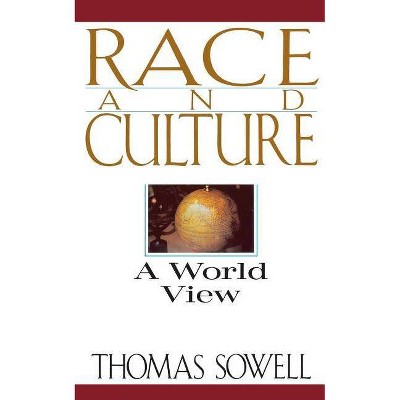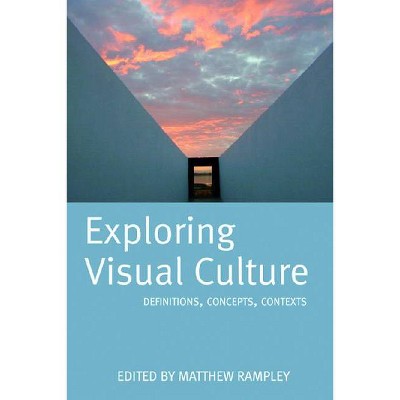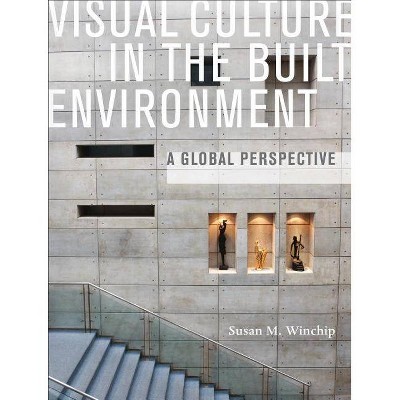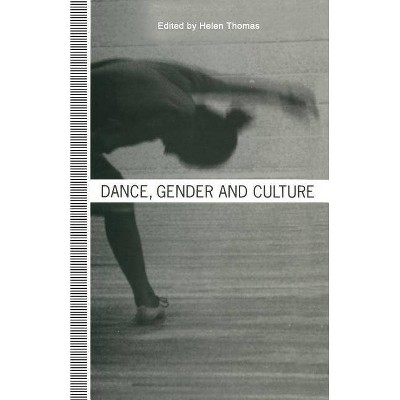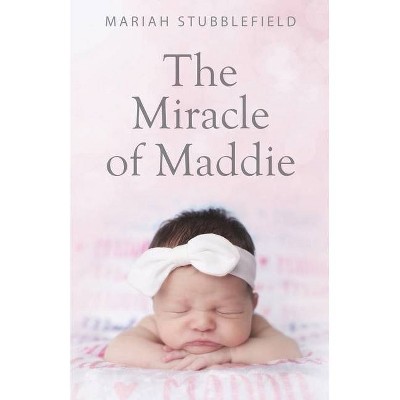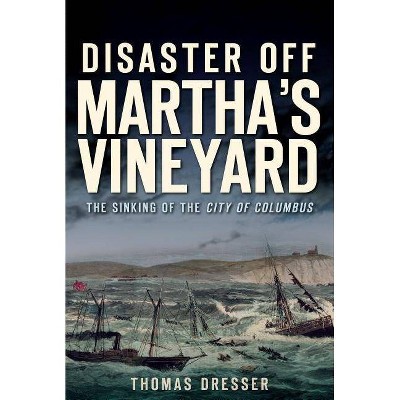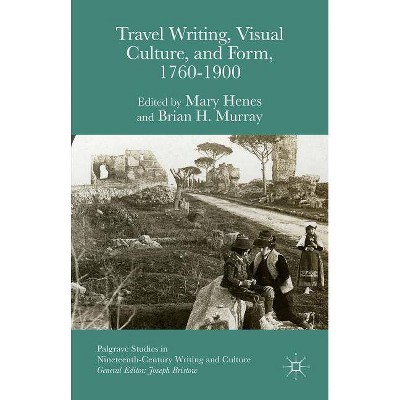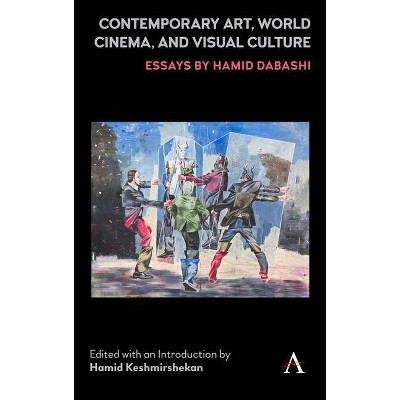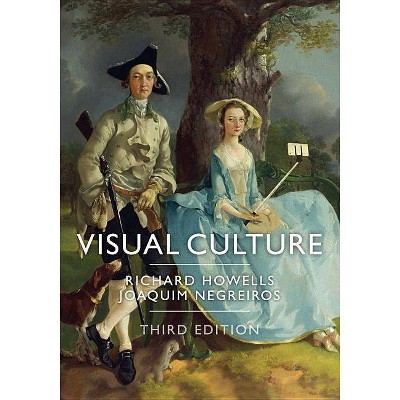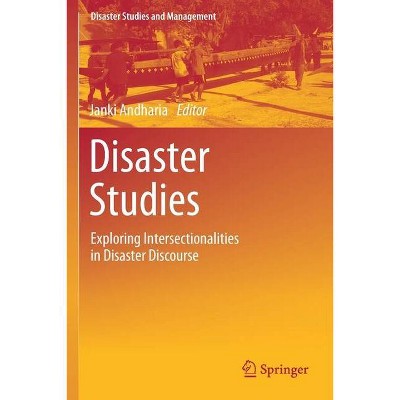9/11 and the Visual Culture of Disaster - by Thomas Stubblefield (Paperback)
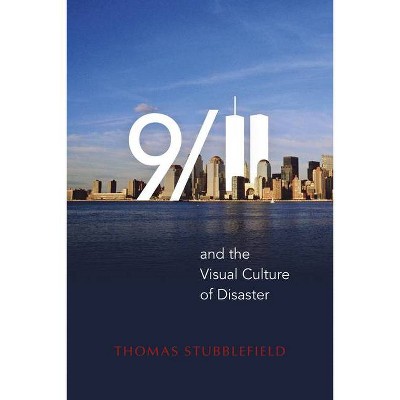
Similar Products
Products of same category from the store
AllProduct info
<p/><br></br><p><b> About the Book </b></p></br></br>By examining configurations of invisibility and erasure across the media of photography, film, monuments, graphic novels, and digital representation, Stubblefield interprets the post-9/11 presence of absence as the reaffirmation of national identity that implicitly laid the groundwork for the impending invasions of Iraq and Afghanistan.<p/><br></br><p><b> Book Synopsis </b></p></br></br><p>The day the towers fell, indelible images of plummeting rubble, fire, and falling bodies were imprinted in the memories of people around the world. Images that were caught in the media loop after the disaster and coverage of the attack, its aftermath, and the wars that followed reflected a pervasive tendency to treat these tragic events as spectacle. Though the collapse of the World Trade Center was the most photographed disaster in history, it failed to yield a single noteworthy image of carnage. Thomas Stubblefield argues that the absence within these spectacular images is the paradox of 9/11 visual culture, which foregrounds the visual experience as it obscures the event in absence, erasure, and invisibility. From the spectral presence of the <i>Tribute in Light</i> to Art Spiegelman's nearly blank <i>New Yorker</i> cover, and from the elimination of the Twin Towers from television shows and films to the monumental cavities of Michael Arad's 9/11 memorial, the void became the visual shorthand for the incident. By examining configurations of invisibility and erasure across the media of photography, film, monuments, graphic novels, and digital representation, Stubblefield interprets the post-9/11 presence of absence as the reaffirmation of national identity that implicitly laid the groundwork for the impending invasions of Iraq and Afghanistan.</p><p/><br></br><p><b> Review Quotes </b></p></br></br><br><p>Recommended.</p>-- "Choice"<br><br><p>The book's emphasis on the erased and the invisible--and the intrinsic role these play in shaping collective memory and political ideologies--provides an important contribution to memory and visual culture studies, as well as to a broader analysis of 9/11, how that event has been written into history, and continues to be deployed as an operating force.</p>-- "Journal of American History"<br><br><p>This is a must-read for those interested in visual imagery; indeed, parts of 9/11 and the Visual Culture of Disaster expand our thinking in promising ways. Scholars in the area of visual culture and visual rhetoric will find Stubblefield's book particularly useful in broadening the discussion of what is not present in media images and what they tell us about what is present.</p>-- "NEPCA"<br><br><p>Thomas Stubblefield has written a concise, engaging, and thought-provoking work that asks the reader to reassess their knowledge and relationship to that moment and the resulting milieu of post 9/11 life in America.</p>-- "ARLIS/NA Reviews"<br><br><p>9/11 and the Visual Culture of Disaster . . . adds a fresh and insightful view on how 9/11 is perceived in American society--the day that 'refuses to enter history, ' the tragedy that 'has, ineffect, not yet passed' (188). The book is a captivating account that can be recommended to those interested in US cultural studies, visual analysis, as well aslm, photography, and graphic novels to comprehend how they help their audience realize the tragedy of 9/11from different perspectives.</p>-- "Journal of Popular Culture"<br><br><p>9/11 and the Visual Culture of Disaster is an extraordinarily brilliant academic book which has explored the 'absence of image' not only in the US media but also how it shaped the arts and culture in the post-9/11. 9/11 and the Visual Culture of Disaster will change how we think about disasters and tragedies. The book is a must-read for both students and practitioners of media studies.</p>-- "Repository"<br><p/><br></br><p><b> About the Author </b></p></br></br><p>Thomas Stubblefield is Assistant Professor of Art History at the University of Massachusetts, Dartmouth.</p>
Price History
Price Archive shows prices from various stores, lets you see history and find the cheapest. There is no actual sale on the website. For all support, inquiry and suggestion messages communication@pricearchive.us
